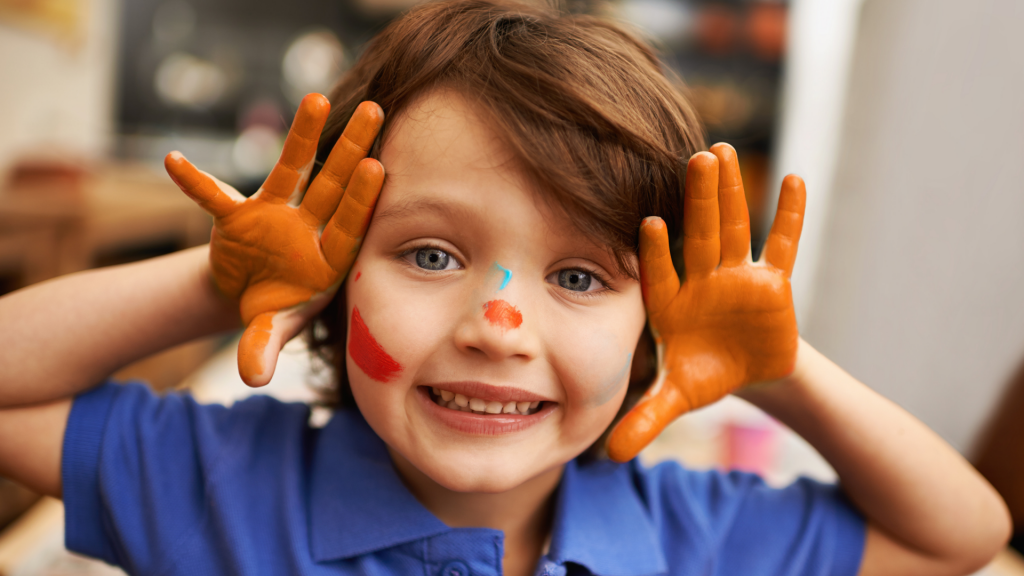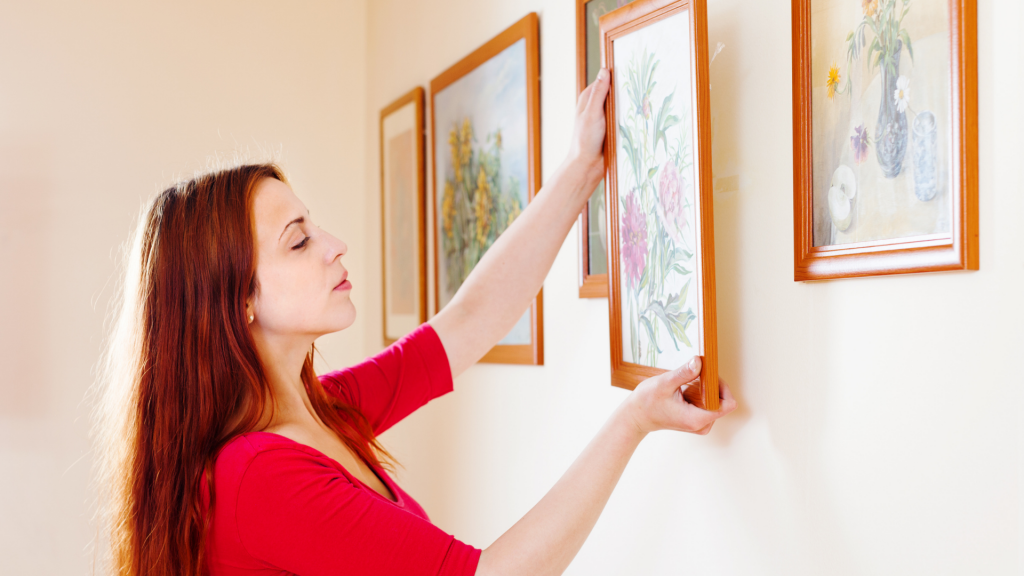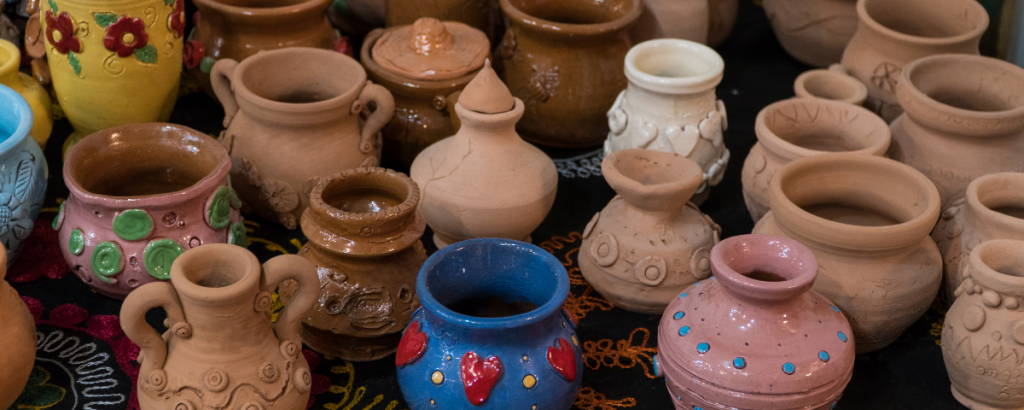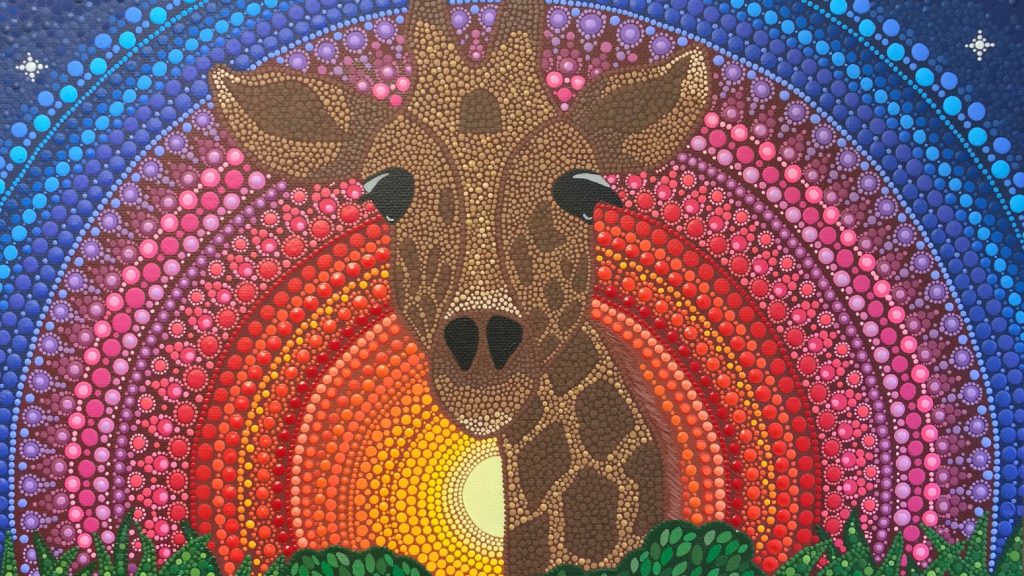Are you an artist looking to improve your drawing skills? There are a few secrets to drawing that can help you improve your artwork. These simple life hacks can open up a new world of creativity and self-expression. Read on to learn more!
1. Fill a Sketchbook With Freehand Doodles
There’s no better way to improve your drawing skills than to fill a sketchbook with freehand doodles! By working on your drawing skills every day, you’ll quickly see a noticeable improvement in your abilities.
Plus, it’s a lot of fun to experiment with different drawing styles and techniques. So grab a sketchbook and some pencils and get started!
2. Trace
If you want to improve your drawing skills, one of the best things you can do is to trace images that you admire. Not only will this help you better understand the construction of the image, but you’ll also get a feel for the artist’s style.
When you’re tracing, be sure to use a light touch so that you can see the lines underneath. This will help you better understand where the lines should go when you’re drawing on your own.
3. Use Reference Photos
As an artist, using reference photos is a great way to improve your drawing skills. By studying the shapes and proportions of real-life objects, you can learn how to better depict them in your drawings.
By observing the way light falls on a subject, you can also create more realistic drawings. Also, looking at reference photos can give you ideas for new compositions. It can help you practice drawing a variety of different subjects.
Of course, you don’t want to rely on reference photos all the time. Part of being a good artist is being able to improvise and create something from your imagination. But when you’re just starting, or if you’re struggling with a particular aspect of drawing, reference photos can be a big help.
4. Choose the Right Paper
The type of paper you use can have a big impact on your drawing skills. If you choose the wrong paper, it can be difficult to get the results you want.
This is why it’s important to choose the right paper for your needs. By doing so, you’ll be able to improve your drawing skills and create the masterpieces you’ve always wanted.
5. Learn To See the Values
If you want to improve your drawing skills, one of the best things you can do is learn to see the values. The value is the lightness or darkness of a color.
To create the illusion of a three-dimensional form on a two-dimensional surface, you need to use values. By contrast, adding details without first establishing the values will result in a drawing that looks flat and lifeless.
One way to start seeing values better is to squint at your subject. This will help to blur the details and make the values more apparent. You can also try using a black-and-white photo as a reference.
Once you start to see the values, you can start to add them to your drawing. Begin by blocking the darkest areas with a pencil or charcoal. Then add the mid-tones and finally the lightest areas. By working from dark to light, you will create a sense of depth and volume in your drawing.
6. Focus On Drawing Shapes
One way to improve your drawing skills is to focus on drawing shapes. This will help you to see the world in terms of basic shapes and will make it easier for you to create accurate drawings.
Start by looking for simple shapes in the world around you and then practice drawing them. Remember to vary the size and orientation of the shapes to keep your drawings interesting. As you become more comfortable with drawing shapes, you can begin to add more details to your drawings.
7. Stay Loose
” Stay Loose” is an important concept for artists of all skill levels. When thinking about improving your drawing skills, it is important to remember to stay loose. By staying loose, you allow yourself to be more spontaneous and expressive in your work.
This can lead to better and more expressive drawings. So, if you are looking to improve your drawing skills, remember to “stay loose!”
8. Avoid Smudges
If you want to improve your drawing skills, avoid smudges. When you smudge your drawing, it can make it look messy and unprofessional.
Plus, it can be difficult to fix smudges once they’re made. So, if you want to avoid making mistakes and create neat, clean drawings, make sure to avoid smudges.
9. Learn Drawing Skills
If you want to improve your drawing skills, one of the best things you can do is learn some new drawing skills. You can do this by taking classes, reading books or articles on the subject, or practicing on your own. By learning new skills, you will be able to improve your current skills and become a better drawer.
10. Practice
When it comes to drawing, practice does make perfect. The more you practice, the better your skills will become. Even if you don’t feel like you’re getting any better, keep at it and you’ll see the improvement in time.
One way to practice and improve your skills is to take a sketchbook with you everywhere you go. Draw people you see on the bus, in the park, or in line at the grocery store. Don’t worry about getting it perfect, just focus on getting the proportions and features down.
Another way to practice is to find still-life objects and draw them. This can be anything from a simple bowl of fruit to a more complex arrangement. Again, don’t worry about getting it perfect, just focus on capturing the subject matter accurately.
The more you practice, the better you’ll become at drawing. So keep at it and soon you’ll be impressing everyone with your skills!









